Search
Did you mean: Empire?
Search Results

Article
Life on a Colonial Sugar Plantation
Raising sugar cane could be a very profitable business, but producing refined sugar was a highly labour-intensive process. For this reason, European colonial settlers in Africa and the Americas used slaves on their plantations, almost all...
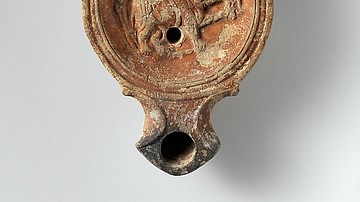
Article
Roman Expeditions in Sub-Saharan Africa
Sub-Saharan Africa was explored by Roman expeditions between 19 BCE - 90 CE, most likely in an effort to locate the sources of valuable trade goods and establish routes to bring them to the seaports on the coast of North Africa, thereby minimizing...

Article
The Red Handprints of Cozumel & Tulum
The Maya sites of San Gervasio (on the island of Cozumel) and Tulum (on the mainland of Mexico in Quintana Roo) are often overlooked for the better-known Chichen Itza or other spectacular ruins further inland but both these locations have...
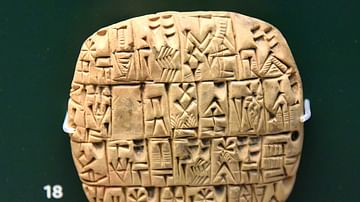
Article
Hymn to Nisaba
The Hymn to Nisaba (c. 3rd millennium BCE) is a poem praising Nisaba, the Sumerian goddess of writing and accounts who also served as scribe of the gods. The poem is officially dedicated to Enki, the god of wisdom (sometimes given as her...
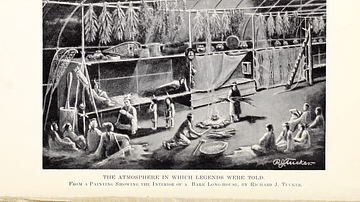
Article
De-Ka-Nah-Wi-Da and Hiawatha
De-Ka-Nah-Wi-Da and Hiawatha is the written account of the oral history of the origins of the Haudenosaunee (Iroquois) Confederacy, detailing how the great peacemaker Dekanawida (De-Ka-Nah-Wi-Da) met Chief Hiawatha and established peace between...

Article
In Darwin's Footsteps - Te Waimate Mission
The Bay of Islands is a subtropical region in New Zealand's far north and is a popular destination for big-game fishing, sailing, and dolphin watching. It is an area rich in the history of Maori (Māori in their own language) and European...

Interview
Interview: Gods of Thunder by Tim Pauketat
Join World History Encyclopedia as they chat with Tim Pauketat all about his new book Gods of Thunder: How Climate Change, Travel, and Spirituality Reshaped Precolonial America, published by Oxford University Press. Kelly: Thank you so much...
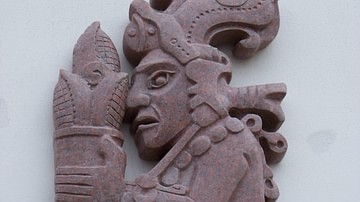
Image
Yum Caax
Yum Caax, a Maya god of maize. Modern relief inspired by a Maya hieroglyph. (Teplice Botanical Gardens, Czech Republic)
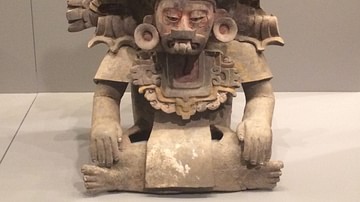
Image
Zapotec Priest Figure
A ceramic figure-vessel representing a priest of the Zapotec civilization. Oaxaca, Mexico, 250-600 CE. The figure wears a mask, feathered headdress, and a medallion which represents a maize field. (St. Louis Art Museum, Missouri)

Image
Indian Corn
Indian Corn – also known as Flint Corn and Calico Corn – one of the three types of maize cultivated by the Native Peoples of North America.